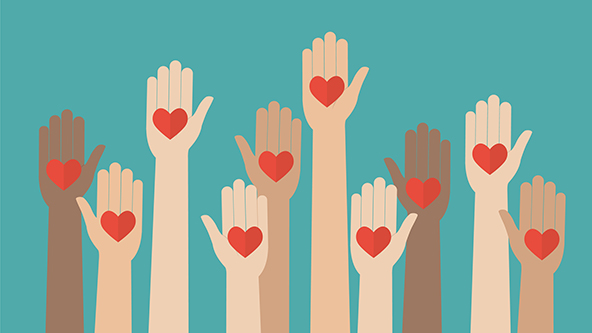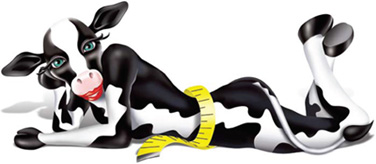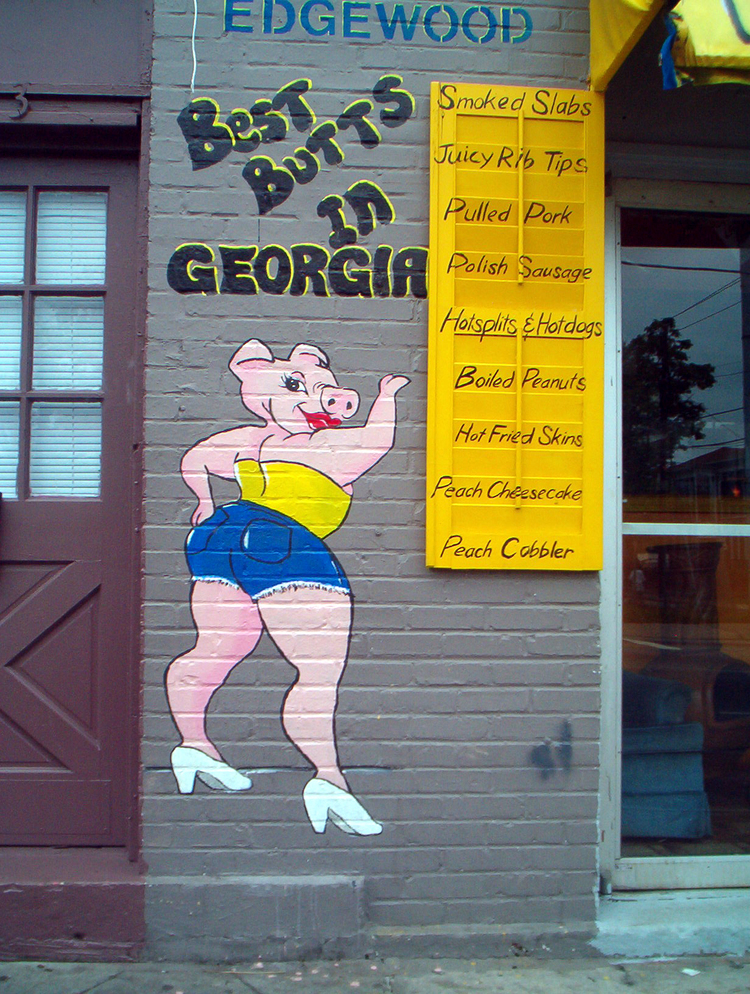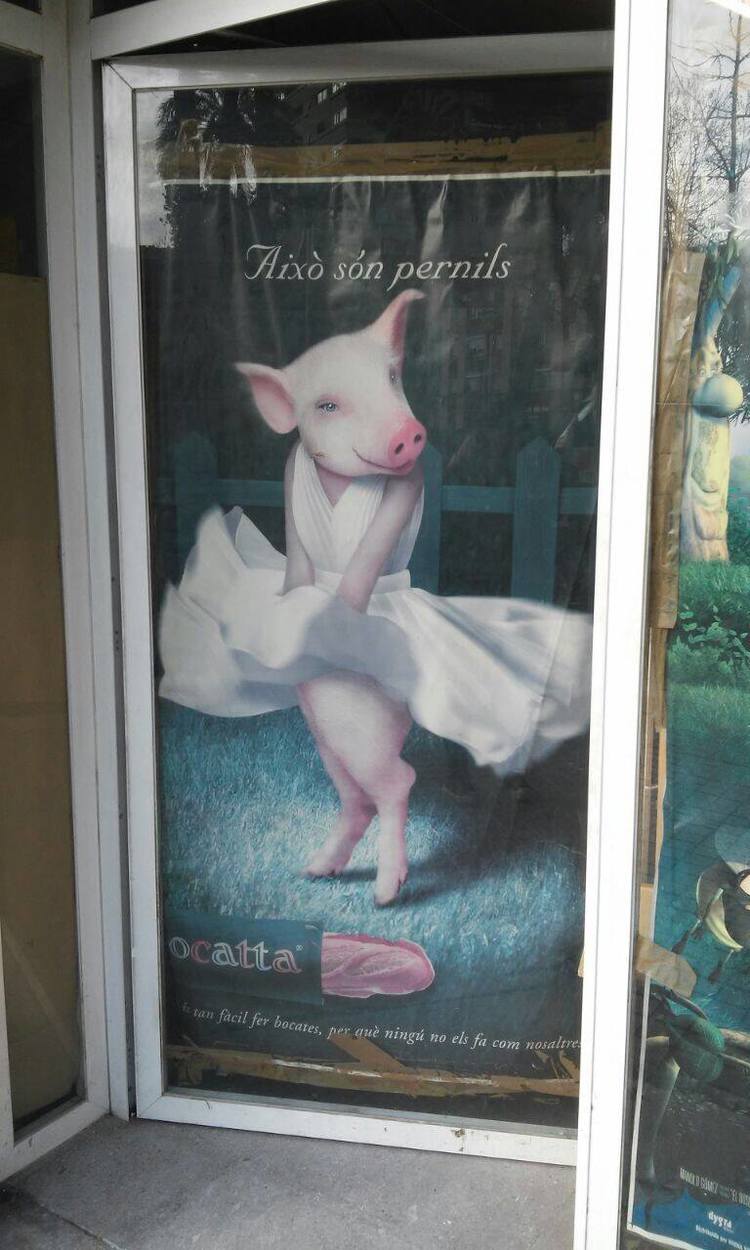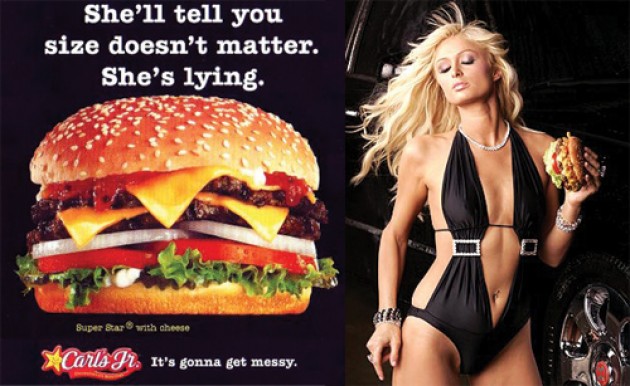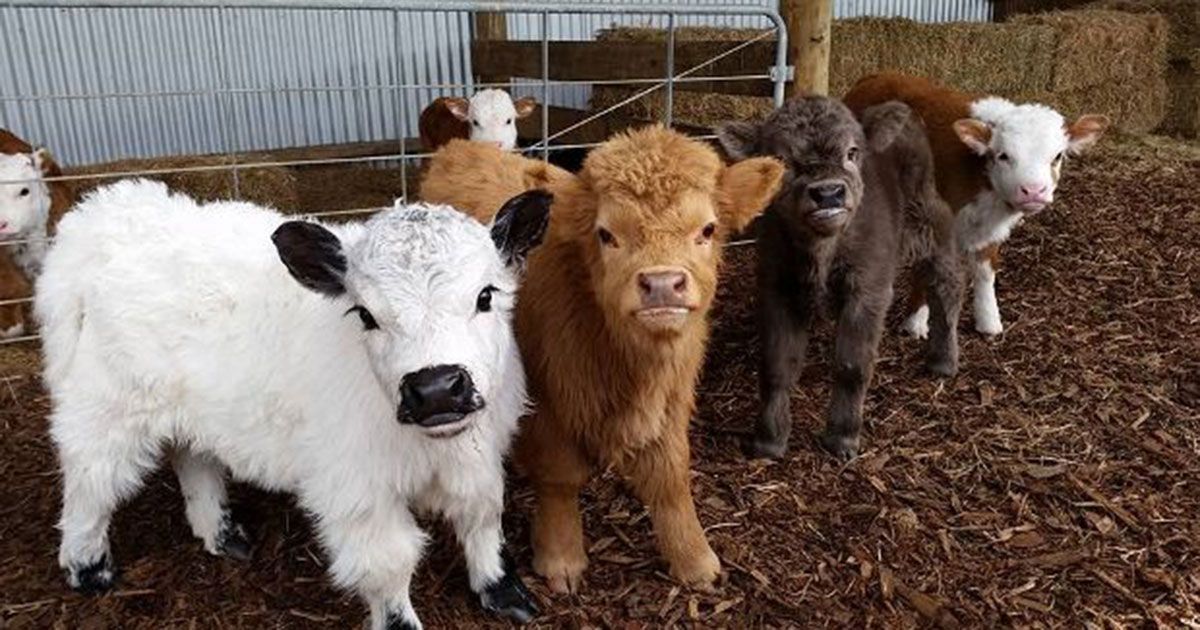Hi everyone and welcome back. This post is just going to be me describing my results of trying to be plastic-free for a week! This was my original plan: The plan here is to avoid taking plastic bags if I dare to venture out anywhere right now, use a reusable water bottle to hold my drinks, avoid getting carryout food (which will be difficult during this time of isolation) and use reusable utensils at work for my lunch breaks (and wash them afterward).
Results
First, I wanted to talk about what I have been doing for the past few weeks. During this pandemic, I have been working 4-5 days a week at CVS, as well as doing my online classes. I also recently found out that reusable bags in this area have been BANNED, and if you are to go shopping you must use plastic. This has been incredibly difficult for me, especially with this topic I chose to pursue. So here are my results so far. If I buy something at work, I try to not buy a lot so I do not need a bag at all. However, I found out employees are supposed to always take a bag for their items so it shows on camera that the items have been paid for. I talked to my manager and she said I can either not take a bag and just be cashed out by a manager, or I can bring my own reusable bag as long as I clean it often. I have only had to take a bag twice so far since I started this project because I was buying more than what would fit in my bag. This past Monday I actually had to venture out to Petco and Target. My betta fish got very sick, so I had to go pick up some medicine and food and thankfully Petco has paper bags! When I cashed out at Target I just did not take bags because I did not buy that much. As far as plastic bottles go, I have failed. When I am home, I just drink out of a glass cup all day, but when I go to work, we are not allowed to have a reusable bottle because “they do not know what is in it”. So every day I go to work, I have a bottle of Gatorade or iced tea with me. This is something I wish I could change but it goes against company policy. Another issue I have run into is the fact that I have to wear plastic gloves at work because of this pandemic. We go through at least 2 boxes of gloves a day, so that is even more plastic waste being produced right now that I cannot change. However, I have completely avoided ordering carryout food that comes in plastic or styrofoam containers, and I have been using my reusable utensils at work for my breaks, so I think that is a win!
Effectiveness
I have come to the conclusion that this was not an ideal time to try and become plastic-free due to the pandemic and all the plastic waste that comes along with it. If we weren’t in the middle of the ‘world-ending’, I feel like I would have had no problem being plastic-free. I already had reusable bottles, shopping bags, and utensils and had been using them when I would remember to. The main thing I wanted to change was my plastic bag use, and it seems like we are all going to have to retire our reusable bags and other products for now until things can get back to normal. This pandemic has been a huge step backward for anyone trying to work on ecofriendly products, conservation, and ending plastic product production.




